SIMPLE METHODS FOR DRYING FLOWERS

Drying flowers can be easy and is a great way to keep a little bit of summer going well into fall.
There was a time when dried floral arrangements were hugely fashionable. Every fall I would make up bouquets and a dried floral wreath to hang in our bedroom.
Styles change and over the years it became harder and harder to find the raw materials for my wreaths and flowers to make up dried arrangements.
Finally the habit of drying summer flowers faded altogether from the my fall routines.
Then, as luck would have it, I came across bunches of Strawflowers and Statice at the local Farmer's Market this summer.
The fresh, new-mown-hay smell of the Strawflowers made me feel so nostalgic that I found myself wondering why I had ever stopped drying flowers.
There are a great many types of flowers and plants are suitable for drying.
Here are just a few: roses, lavender, peonies, amaranthus, celosia, larkspur, Baby's Breath or gypsophia paniculata, hydrangea, German statice or Statice tatarica, Italian statice or Statice latifolium and a wide variety of herbs.
Like Strawflowers, many of these flowers are actually easy to grow yourself.
Strawflowers, Helichrysum bracteatum: are wildflowers native to Australia. These sun loving flowers are actually short-lived perennials (USDA zones 10-11), but are generally grown as annuals in more northern climate zones. They are easy to grow from seed in any hot, dry site. Height: 30-40 cm (12-18 inches) Spread: 24-30 cm (10-12 inches).
Here in more northern gardening zones where are growing season is shorter, it is a good idea to start seeds indoors 4-6 weeks before the last spring frost. If you are in a more temperate zone, you can plant seeds outdoors after all danger of frost has passed.
The best method for drying flowers varies according to the flower. Hanging flowers to dry is one of the easiest methods for drying a wide array of flowers.
I dried my strawflowers in small bunches along with some white Statice or Limonium Sinuatum.
While you may find it more of a challenge to find strawflowers to dry, Statice of varying kinds is commonly available most places you buy cut flowers. I have even seen it at my local grocery store in the floral department.
I was able to buy Sea Lavender or Limonium latifolia (seen above on the top right) at a local flower shop and found some pretty purple Gomphrena (seen above on the left) at the grocery store.
To prepare flowers for drying, remove any leaves and simply bind small bunches together with an elastic band.
Make a bow with some twine and use one of the loops to hang your flower bunches. (Much to my husband's annoyance, I hung my flowers on a couple of the knobs on my kitchen cabinet doors.)
Any dry place out of direct sunlight will do to hang your flowers. (Keeping them out of the sun is the best way to preserve the flower's color.)
I found it took about a little over a week for my flowers to dry.
To make a simple arrangement with your dried flowers begin with the filler materials; in this case the feathery Sea Lavender. (You may find your dried Sea Lavender branches will shed some of the tiny blue flowers so choose a smooth surface on which to work. That way you can quickly sweep up any flowers that drop.)
Then fill in your arrangement with the chunkier Statice, Limonium Sinuatum.
Finally add your accents: in this instance, the Strawflowers and purple Gomphrena.
The overall effect of the finished arrangement is soft and delicate.
In an upcoming post, I'll make a wreath and experiment with drying hydrangeas and roses.
Enjoyed the project?






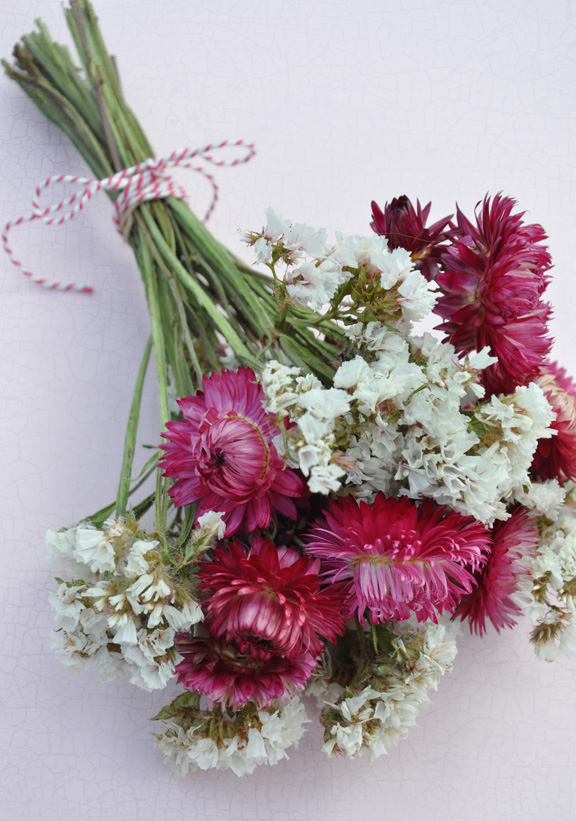







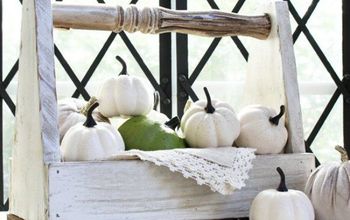
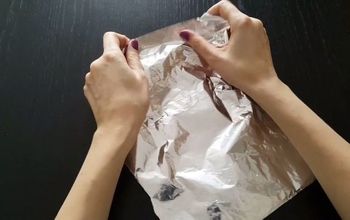






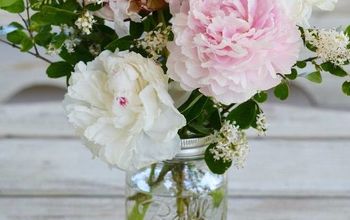
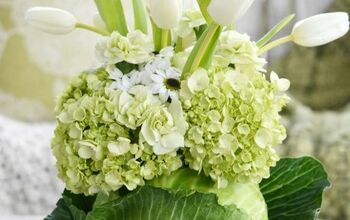
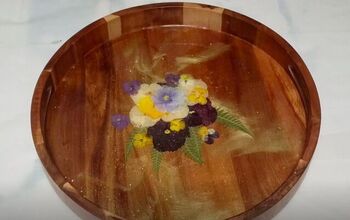

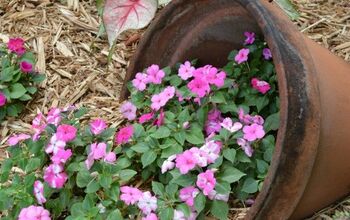
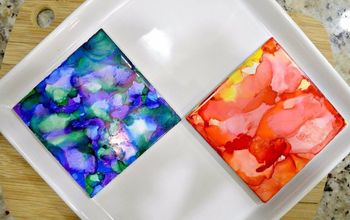
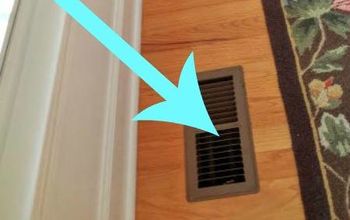


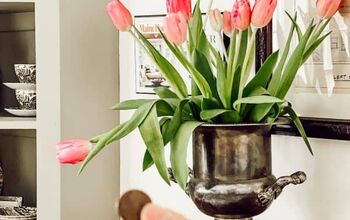





Frequently asked questions
Have a question about this project?